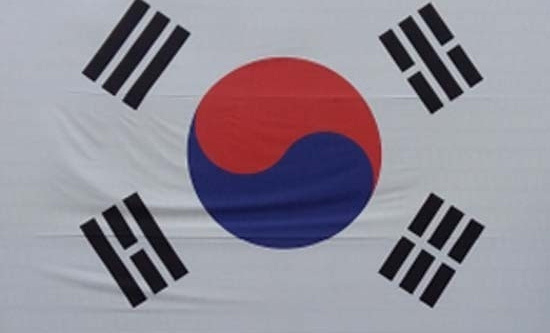1. Lyrics: Zico - SPOT!
(Feat. JENNIE) Everything ok my man Turn the music up Uhm we’re not going home tonight, alright A party that wasn’t in your plans Up and down round and round Hit the spot spot spot spot Why do you come to your senses, why are you tossing and turning? Hey girl where you at I'll pick you up, send me the address No dress code, just wear something loose We are unpretentious, the rest are hundreds of millions yeah The atmosphere is ripe, it’s too sticky Oh my! static electricity This is my brother, there is my homie I'm a soft-spoken kid, but when I play music, my eyes turn Chillin’ out, we yellin’ out, one more Jjinchin vibes, don’t judge up or down Showing off my shy I and shy E You are surrounded, now hands in the air Uhm we’re not going home tonight, alright A party that wasn’t in your plans Up and down round and round Hit the spot spot spot spot Why do you come to your senses, why are you tossing and turning? Up and down round and round Everybody hit the spot Up and down round and round Everybody hit the top Up and down round and round Everybody make it loud (Make it loud) Up and down round and round Ain’t nobody hold us down Tap my shoulder he says “Yo JENNIE, Told you that if you run away you will be betrayed” Yeah, I know I know First of all, it’s hot so let’s go out for some air When Bae leaves, stick close to the back Since I worked up a sweat, let’s go to ice cream I get tired when I get caught, put your mask on Turn around and quickly join Our project title is J Z We gon’ run this town, that’s crazy Take out your stupidity You are liberated, now hands in the air Uhm we’re not going home tonight, alright A party that wasn’t in your plans Up and down round and round Hit the spot spot spot spot Why do you come to your senses, why are you tossing and turning? Up and down round and round Everybody hit the spot Up and down round and round Everybody hit the top Up and down round and round Everybody make it loud Up and down round and round Everybody Stop Wait a minute ahhh
